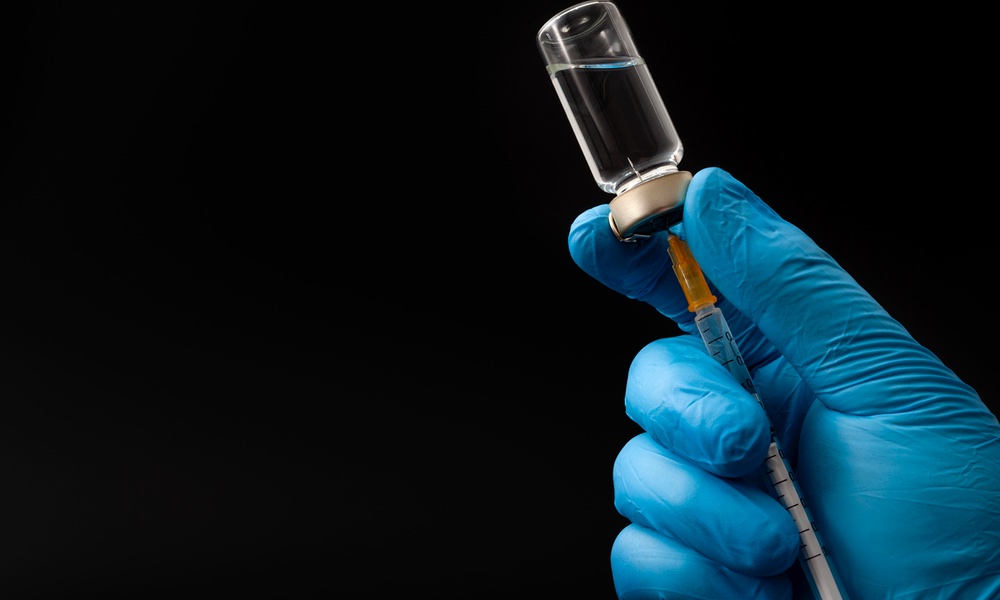Artificial intelligence (AI) is the hot new technology. Supporters of AI claim that by helping humans analyze ever-more abundant and complex information and do it faster and more accurately than before, it will benefit mankind. Critics say AI could become a threat to privacy and the way we live.
AI may be particularly useful in the medical world, where there is ever-expanding data to assess, especially when it comes to managing complex conditions and diseases.
Cancer is a good example of the kind of medical problem for which AI is is particularly well-suited. Typically, a team of medical scientists is needed to diagnose and manage a cancer patient even for just one particular cancer — a pathologist, geneticist, oncologist, radio-oncologist, surgeon, rehab specialist may all be involved. If the patient has other cancers, conditions and risk factors, additional clinicians will be consulted.
Keeping track of the many issues and options that will affect the individual patient's care and quality of life is difficult for all the physicians involved, and coordinating their input is even harder.This new platform is designed to predict patient outcomes and validate them because it can assess a patient's response to treatment at the cellular level.
Artificial intelligence should be able to help.
Researchers at Harvard Medical School have created an AI platform that can perform many diagnostic tasks and be applied to multiple cancers at the same time. The new AI platform “can perform a broad range of cancer evaluation tasks,” according to senior author Kun-Hsing Yu, assistant professor of biomedical informatics in the Blavatnik Institute at Harvard Medical School. “Our model turned out to be very useful across multiple tasks related to cancer detection, prognosis, and treatment response across multiple cancers.”
The Harvard platform, called CHIEF (Clinical Histopathology Imaging Evaluation Foundation), was trained on 15 million images of many cancers. It goes beyond existing computer programs that are able to read a lab slide or image and detect whether the specimen is normal or cancerous. It is designed to predict patient outcomes and validate them because it can assess a patient's response to treatment at the cellular level.
A solid cancerous tumor, for example, is surrounded by normal tissue, the tumor microenvironment. When a patient receives any of the standard treatments — surgery, chemotherapy, radiation and immunotherapy — the microenvironment is affected. The response of the patient's microenvironment provides an important indicator of the patient's future outcome and the likelihood of treatment success.
CHIEF was able to identify specific tumor characteristics previously not known to be linked to patient survival, the Harvard team reports. Said Yu, “If validated further and deployed widely, our approach, and approaches similar to ours, could identify early on cancer patients who may benefit from experimental treatments targeting certain molecular variations, a capability that is not uniformly available across the world.”
The study is published in Nature.





